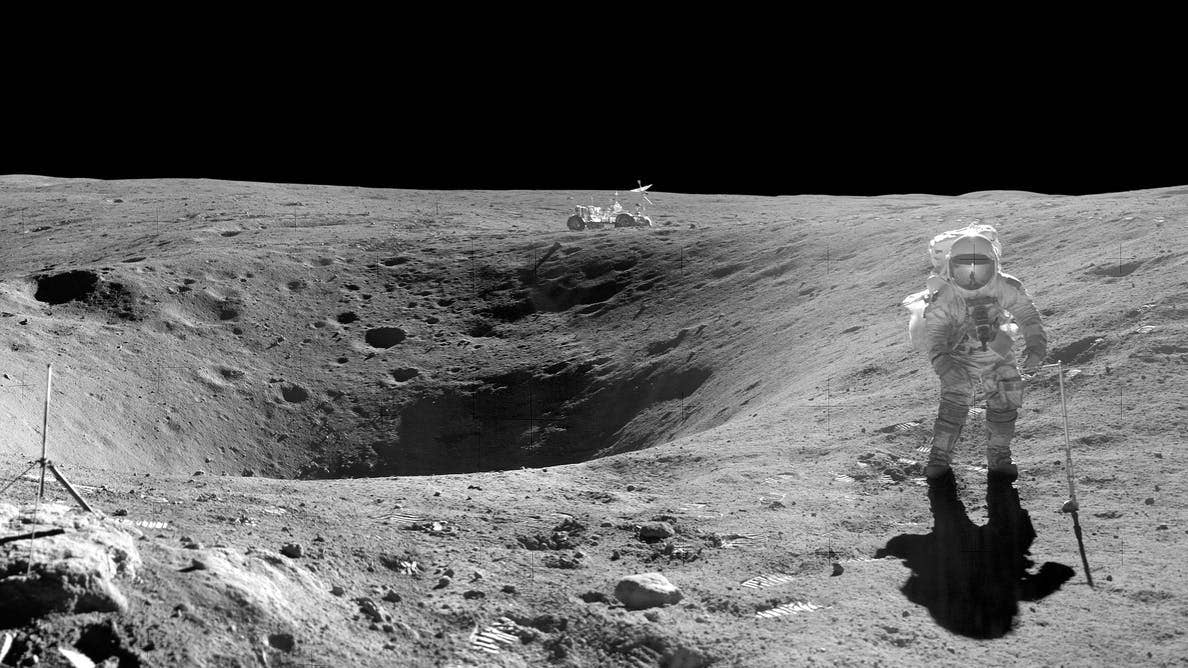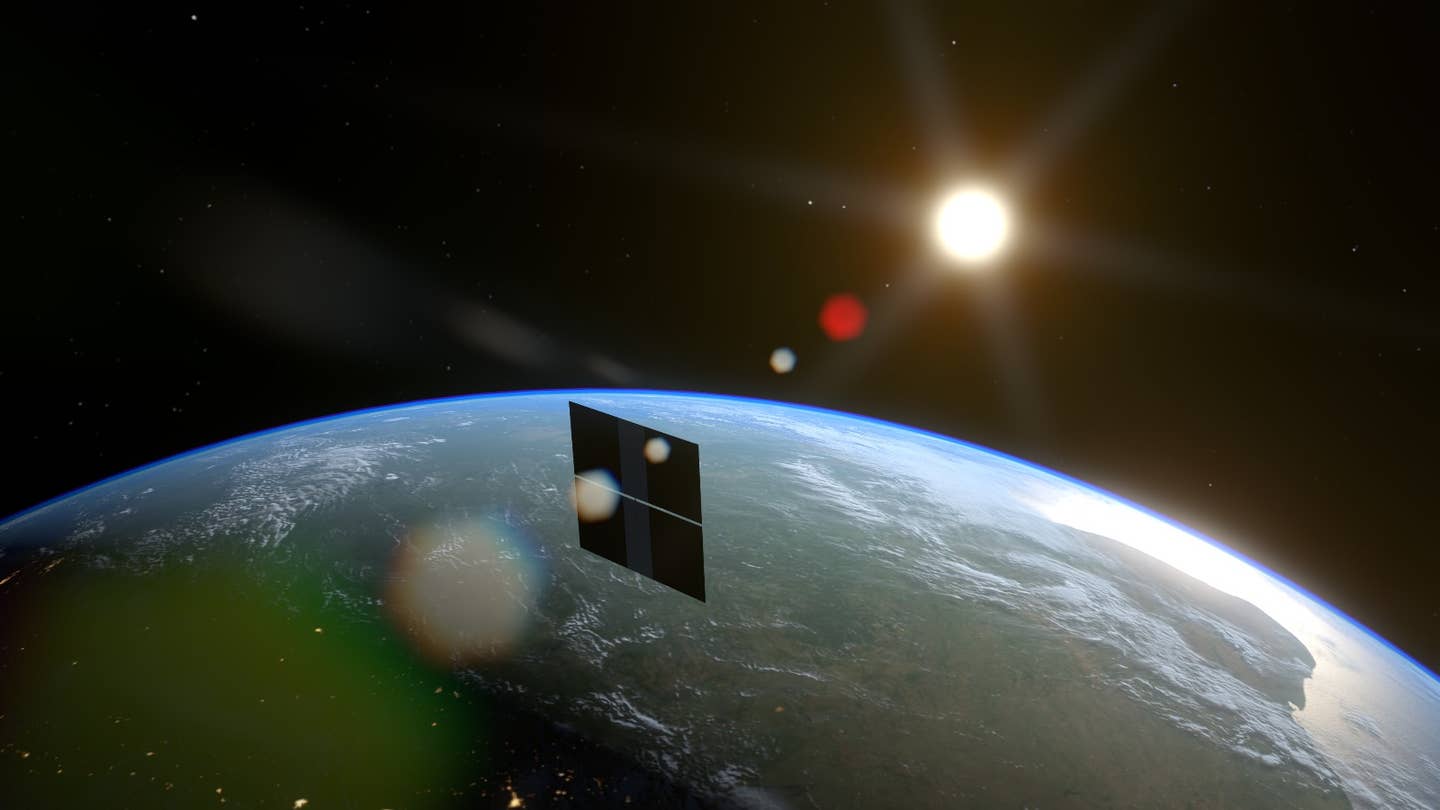China Wants to Build 3D-Printed Moon Bases Out of Lunar Soil

Share
The moon is going to be humanity’s gateway to the rest of the solar system. That's why China has announced ambitious plans to use 3D printing to build a manned base at the celestial body’s southern pole.
While a manned mission to Mars remains the ultimate goal for most national space agencies, there’s a growing recognition that the moon may be an important staging post. In particular, its low gravity and abundant water suggest it could be a good source of the fuel required to power a manned mission all the way to the red planet.
The US has already announced plans to return humans to the lunar surface and establish a long-term presence there, with help from international partners and the private space industry. But China also has its own space ambitions, and given the current geopolitical climate, cooperation between the two superpowers seems unlikely.
Last week, Chinese space scientists outlined an ambitious program of missions designed to build a permanent base at the lunar south pole. Central to these plans will be the use of 3D printing technology to build key parts of the base using lunar soil.
"If we wish to stay on the moon for a long time, we need to set up stations by using the moon's own materials," Wu Weiren, a top scientist at the China National Space Administration and head of the country’s lunar program, told China Daily. "Lunar soil will be our raw material and it will be printed into construction units.”
The idea of using additive manufacturing technology to construct buildings out of lunar soil, or regolith (as it’s formally known), is not a new one. In December, NASA awarded a $57 million contract to Texas-based ICON to create a machine that could 3D print structures on the moon.
But at the International Deep Space Exploration Conference in Hefei last week, Wu announced that China’s forthcoming Chang'e 8 lander, which is due to launch in 2028, would carry out the first tests of lunar resource utilization and build a basic first-generation base.
At another conference earlier this month, Ding Lieyun from the Huazhong University of Science and Technology gave attendees an insight into the kind of technology that could be used on the mission. His team has proposed a six-legged robot called the “super mason” that could assemble bricks made from lunar soil using laser-based 3D printing approaches.
This is all part of China’s plans to build what it has dubbed the International Lunar Research Station, which it hopes other countries will partner with it to build and operate. The facility will be built in three stages, according to Wu, with the first completed by the Chang'e 8 lander by around 2030.
Be Part of the Future
Sign up to receive top stories about groundbreaking technologies and visionary thinkers from SingularityHub.


The following decade will see the base undergo improvements that will enable scientists to use it as a research facility, and a deep-space satellite constellation called Queqiao (Magpie Bridge in Mandarin) will be put in place to provide communications and navigation for manned lunar missions, as well as to support future deep space missions.
The base will be primarily run by robotics, but will also be designed to accommodate astronauts for short stays. After 2040, Wu says the base will be converted from an experimental research station to a multi-functional one.
The goals of the station are twofold, Liu Jizhong, a scientist in China's deep-space exploration program, told conference attendees. Firstly, it will help catalyze the development of key technologies in spaceflight, energy, communication, navigation, and tele-operation of machines on the lunar surface. Secondly, it will act as a platform for moon-based scientific experiments and mineral exploitation.
"Scientifically speaking, the station will help researchers to better study a host of questions like the creation and evolution of the moon, what happened in the early ages of the universe, and the ties between the Earth and the moon," Liu said.
While the base is still a long way from realization, these announcements are likely to add further fuel to an emerging space race between the US and China, as both countries push to establish their supremacy beyond Earth’s orbit. While it’s unclear who’s currently in the lead, one thing seems certain: the moon’s going to get a lot more crowded in the coming decades.
Image Credit: NASA
Related Articles

Scientists Say We Need a Circular Space Economy to Avoid Trashing Orbit

New Images Reveal the Milky Way’s Stunning Galactic Plane in More Detail Than Ever Before

Future Data Centers Could Orbit Earth, Powered by the Sun and Cooled by the Vacuum of Space
What we’re reading
